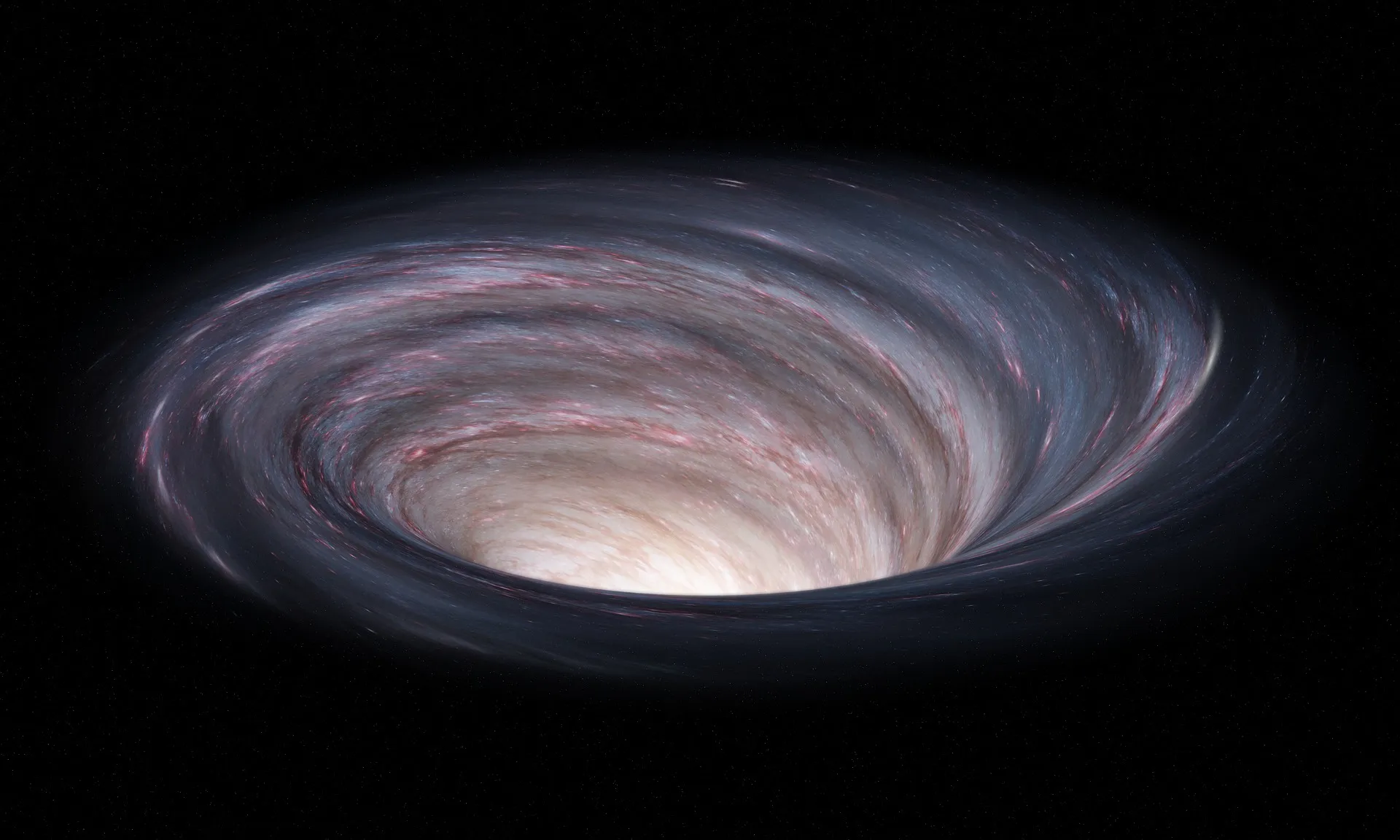Time dilation, a phenomenon predicted by Albert Einstein’s theory of relativity, challenges our conventional understanding of time as a constant and universal entity. This mind-bending concept suggests that time is not an absolute measure but is, in fact, relative to the observer’s motion and gravitational field. In this article, we will delve into the fascinating world of time dilation, exploring its origins, principles, and real-world implications.
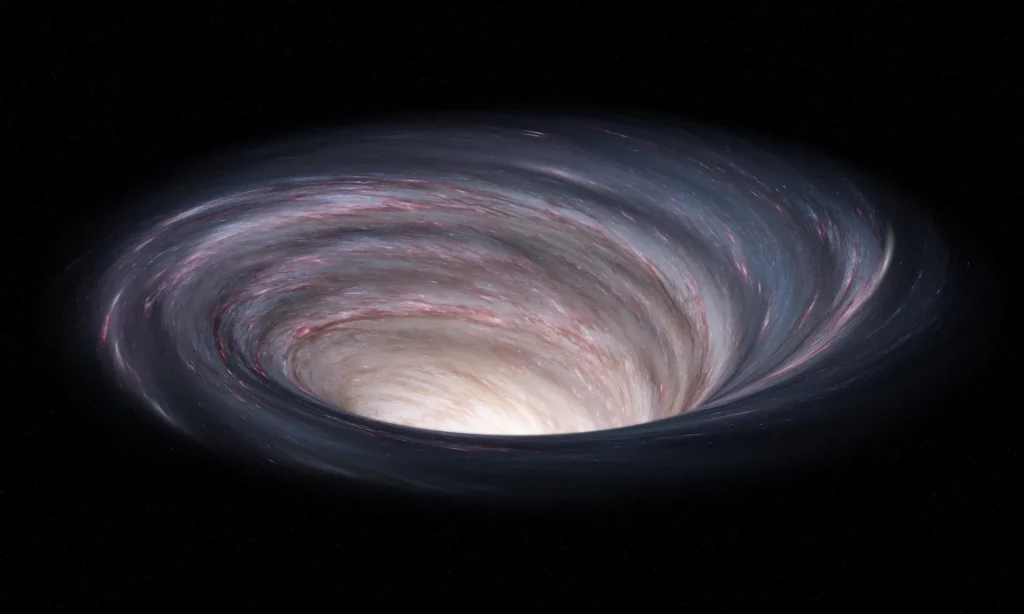
Table of Contents
What is Time Dilation?
At its core, time dilation is a relativistic effect that occurs when an object is in motion or under the influence of a gravitational field. According to Einstein’s theories, time is not a fixed entity ticking away uniformly for everyone, everywhere. Instead, it’s a flexible dimension that can stretch or contract depending on the conditions.
The twin pillars of time dilation are the Special Theory of Relativity, which deals with objects moving at constant speeds, and the General Theory of Relativity, which considers the effects of gravity. In simple terms, the faster an object moves or the stronger the gravitational field it experiences, the more time slows down relative to an observer in a different frame of reference.
Time Travel at the Speed of Light: Special Relativity’s Influence
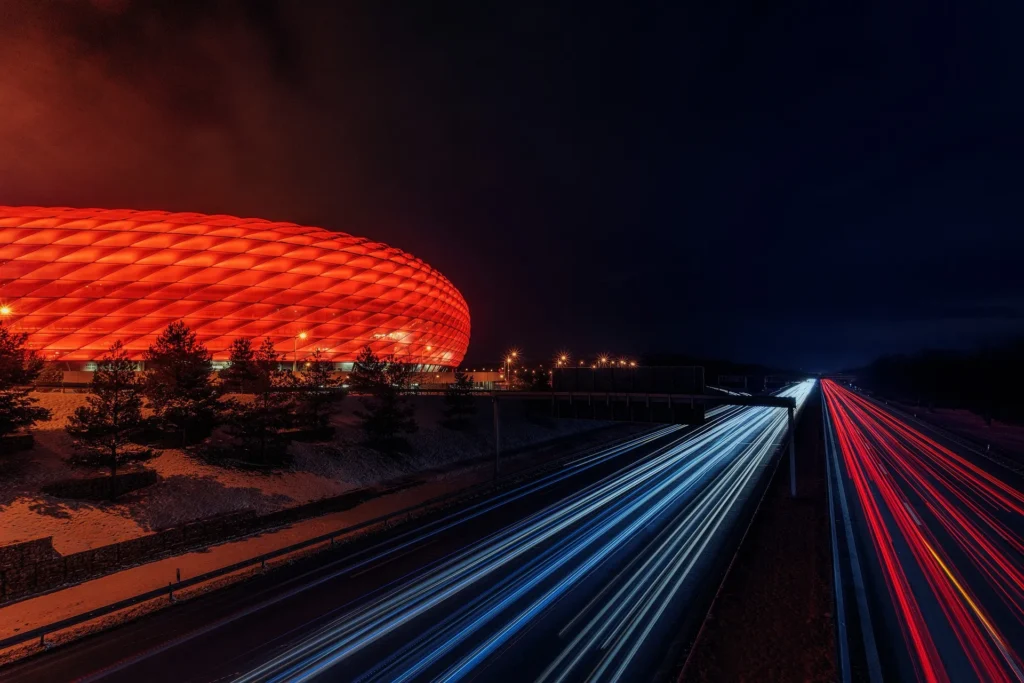
Special Relativity introduces us to the mind-bending concept that time is not an absolute, ticking away uniformly for all observers. Instead, it’s a dynamic entity affected by the speed of the observer. As an object approaches the speed of light, time for that object appears to slow down relative to a stationary observer.
Imagine a spacecraft hurtling through space at a substantial fraction of the speed of light. For the astronaut on board, time would seem to pass normally. However, for an observer on Earth, watching the spacecraft streak across the cosmos, time within the spacecraft would appear to be moving at a slower rate. This phenomenon is known as time dilation and has been experimentally confirmed through high-speed particle experiments.
In essence, the faster an object moves, the more it experiences a “slowing down” of time relative to a stationary observer. This realization opens the door to intriguing hypothetical scenarios, such as the famous “twin paradox,” where one twin travels through space at relativistic speeds and returns younger than the twin who stayed on Earth.
Gravity’s Grasp: A new dimension
The concepts of time dilation might sound like science fiction, but experimental evidence and real-world applications demonstrate their tangible effects. Particle accelerators, such as CERN’s Large Hadron Collider, routinely observe this effect and its effects on high-speed particles, confirming the predictions of Special Relativity.
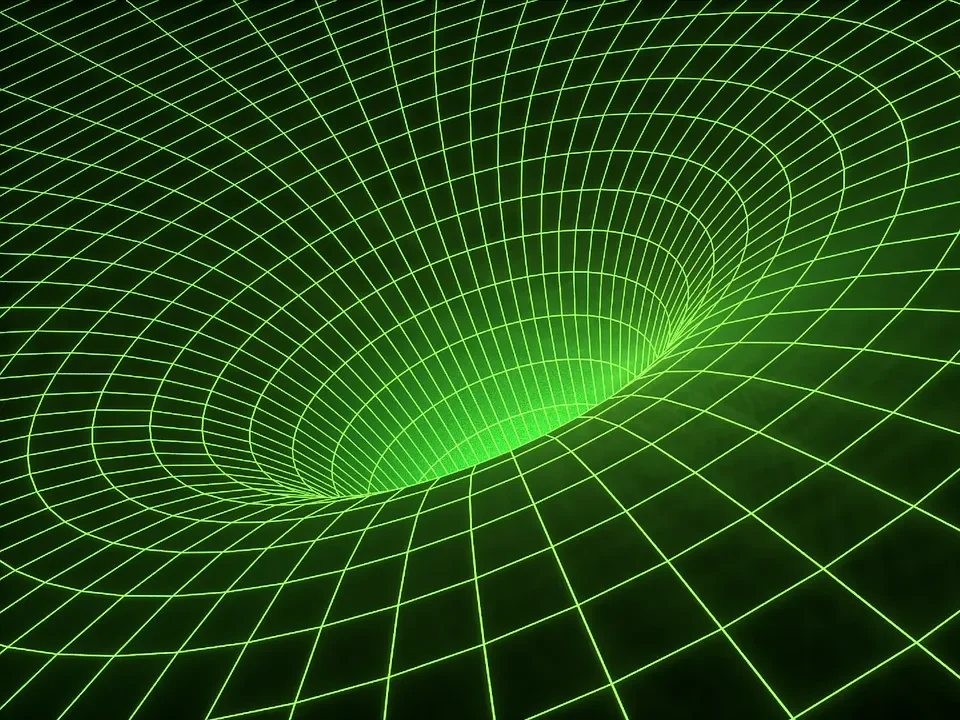
Moreover, the synchronization of global positioning systems (GPS) relies on a meticulous understanding and correction for both Special and General Relativity. Without accounting for the relativistic effects of motion and gravity on the satellites, the precision of GPS, crucial for navigation and location-based services, would be compromised.
Time Dilation in Space
As we venture beyond Earth, time dilation becomes a crucial factor in understanding the behavior of celestial objects. In the vicinity of massive black holes, where gravity is incredibly intense, delaying of time reaches to its extreme levels. Objects in close orbit around a black hole experience a dramatic slowing of time, leading to intriguing phenomena such as gravitational time dilation.
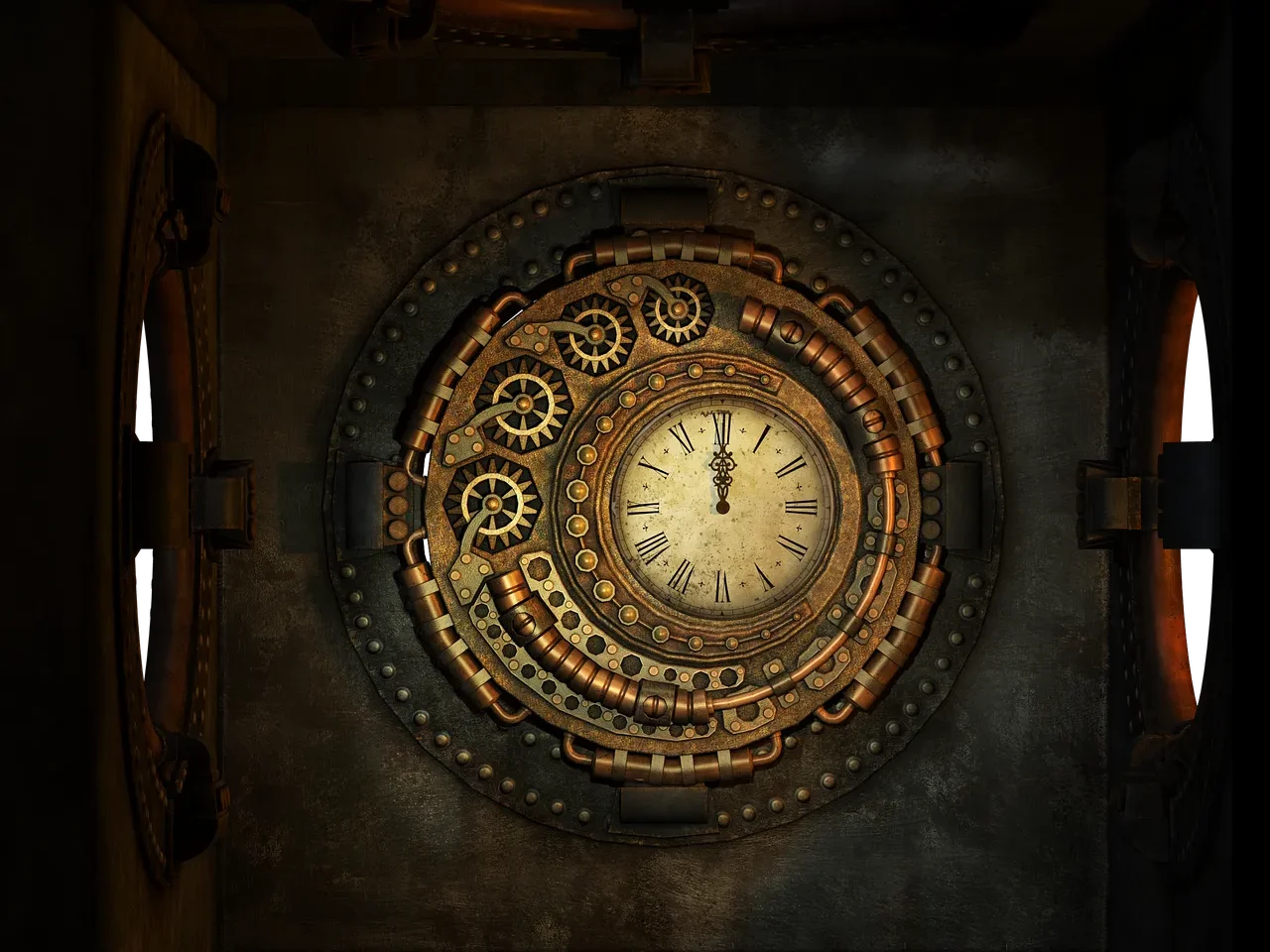
Observations of distant galaxies and their behavior further affirm the predictions of General Relativity. The light from these galaxies, as it travels through the gravitational fields of massive structures, can experience time dilation effects, subtly altering the observed spectrum and providing valuable insights into the nature of the cosmos.
A Mind-Bending Reality
In the realm of time dilation, our familiar concepts of past, present, and future take on a fluid, dynamic quality. Whether in the high-speed world of particle physics, the intricate dance of celestial bodies, or the everyday functionality of GPS technology, the influence of time dilation is undeniable.

Einstein’s theories of relativity, with time dilation at their core, have not only withstood the test of time but have also become integral to our understanding of the universe. As we continue to explore the mysteries of spacetime, this effect remains a captivating and essential aspect of the cosmic narrative, inviting us to question and redefine our perceptions of the ticking clock.
Interesting facts related to time dilation
- Speed-Dependent Time Dilation: The Special Theory of Relativity states that rapid speeds cause delaying of time. In relation to a stationary observer, an object’s time slows down as it gets closer to traveling at the speed of light. High-speed particle tests have provided experimental confirmation of this phenomenon.
- Twin Paradox: The twin paradox is one of the most well-known time dilation-related thought experiments. Due to temporal dilation, the traveling twin would age more slowly if the other twin stayed on Earth and the other twin set out on a fast space mission. The twin who was traveling would be younger than their sibling when they returned to Earth.
- Gravitational Time Dilation: The General Theory of Relativity predicts that time dilation will occur in the presence of a gravitational field. Stronger gravitational fields cause clocks to tick more slowly than lesser fields. Practical ramifications of this effect include the requirement to modify GPS satellite timekeeping in order to preserve precise worldwide navigation.
- GPS Correction: Special and General Relativistic effects are observed by Global Positioning System (GPS) satellites. They experience time dilation as a result of their rapid speed and altitude. The practical importance of comprehending and correcting for these relativistic effects is highlighted by the fact that GPS system accuracy would decrease by several meters every day in the absence of correction.
- The Elevator Thought Experiment by Einstein: Einstein frequently employed thought experiments to clarify difficult ideas. He imagined one such scenario as an elevator in free fall. The elevator’s occupants would feel as though they were weightless, and time would pass steadily. But because of their acceleration, someone standing outside the elevator would see that the people inside were slowing down.
- Time Delay in Astrophysics: Astrophysics relies heavily on time dilation to explain how celestial objects behave. Time dilation increases dramatically in the vicinity of enormous objects, such as black holes, where gravitational fields are strongest. Observations of far-off galaxies and the light they emit through gravitational fields shed light on the formations of the cosmos.
- Time Travel Paradoxes: The idea of time dilation has sparked some fascinating debates and thought experiments around time travel. Time dilation challenges our intuitive perception of the past, present, and future while highlighting the dynamic nature of time and prohibiting backward time travel in the traditional sense.
- Relativistic Jets: Time delay effects are observed in high-speed particle jets released by specific astronomical phenomena, such as active galactic nuclei and quasars. After correcting for time dilation, observations of these jets reveal details on the environment and mechanisms around the center black holes.
- Time Dilation in Particle Accelerators: Effects of time delay are frequently observed in particle accelerators, such as the Large Hadron Collider (LHC) at CERN. Particle decay periods extend as they get closer to relativistic speeds, in accordance with Special Relativity predictions.
- Experimental Confirmations: A multitude of experiments, from precision testing utilizing atomic clocks to high-speed particle experiments, have verified the reality of this phenomena. The reliability of Einstein’s theories and the usefulness of time dilation in a variety of situations are supported by these experimental validations.
You might also be interested in reading about QUANTUM COMPUTING: BEYOND BINARY BRILLIANCE

